WIDEBAND INTEGRATED BIOAEROSOL SENSOR (WIBS-NEO)
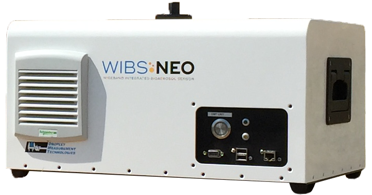
The WIBS-NEO is the newest generation of bioaerosol instrumentation and provides detailed information on atmospheric bacteria, molds, pollen and other bioaerosols. HOBEL researchers typically use WIBS with embedded UV light-induced fluorescence (UV-LIF) technique to characterize the concentration of fluorescent biological aerosol particles (FBAPs) indoors, a proxy for aerosol particles of biological origin. Particle concentrations can be resolved in multiple size channels within the particle size resolution 0.5-30 μm.
GRIMM – MINI WIDE RANGE AEROSOL SPECTROMETER 1371
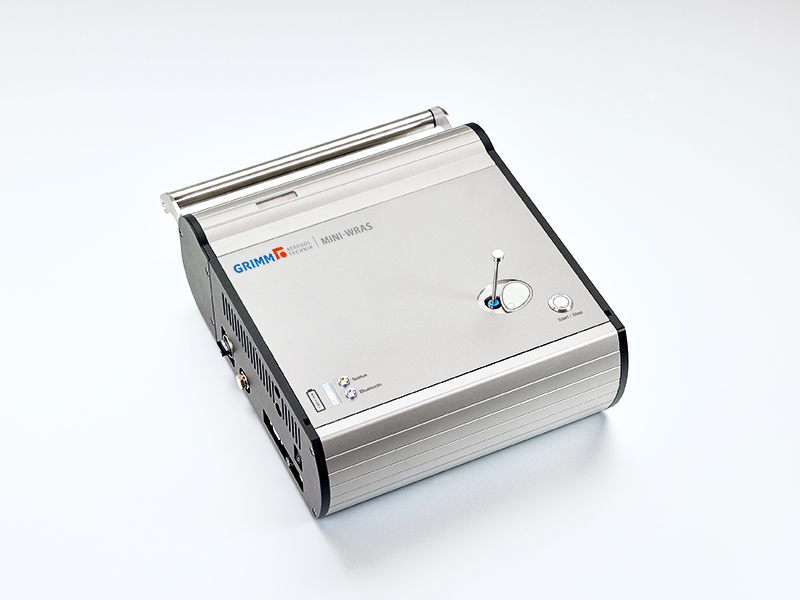
The Mini Wide Range Aerosol Spectrometer (MiniWRAS) is a portable instrument that allows simultaneous and real-time monitoring of both micron-sized and nanoparticles. It is designed for indoor air quality monitoring and combines optical and electrical particle detection in one single device. Particle concentrations from 10 nm to 35 µm ultra-wide particle size range can be resolved in 41 size channels. There is a remote data transmission and instrument control, which makes the instrument suitable for various IAQ monitoring projects.
Airmodus A11 nano Condensation Nucleus Counter (nCNC)
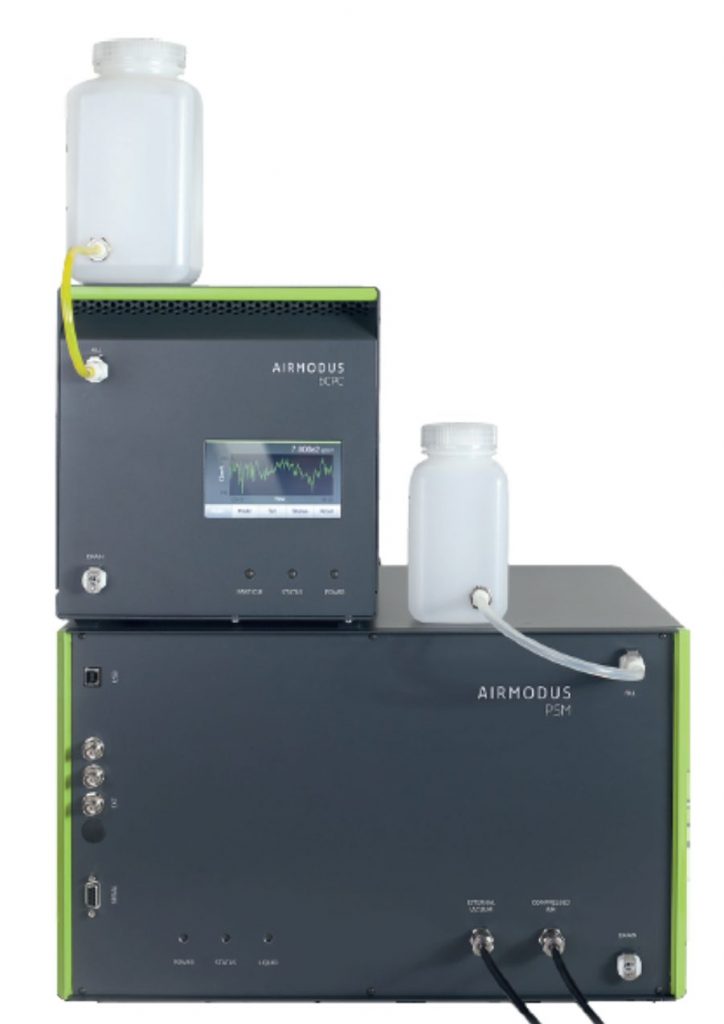
The Airmodus A11 nCNC-system, consisting of the A10 Particle Size Magnifier (PSM) and the A20 Condensation Particle Counter (CPC), helps to detect and monitor the very smallest aerosol particles, down to 1 nm in size. With the A11, it is possible to observe the temporal variations of the number of sub-3 nm particles that are not visible with other methods. The Airmodus A11 nCNC can be used to measure the activation size distribution of 1-4 nm particles, as well as the total particle number concentration of sub-micron aerosol particles.
Airmodus A20 Condensation Particle Counter (CPC)
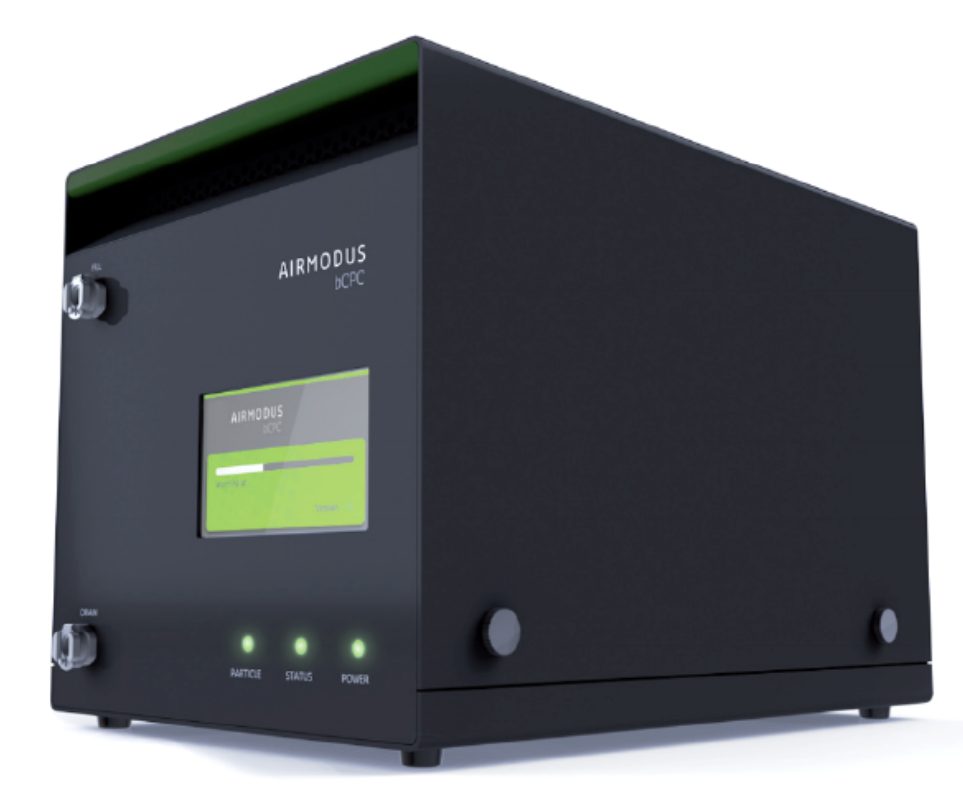
The A20 Condensation Particle Counter (CPC) is designed to count individual aerosol particles accurately from very low to high concentrations (up to 30 000 #/cm3 in single particle counting mode). It uses n-butanol as a working fluid to grow nano-particles to detectable optical sizes. The A20 CPC is a very sensitive and precise measurement device used for real-time counting of aerosol particles larger than 5 nm.
GRIMM – Portable Aerosol Spectrometer 11-D
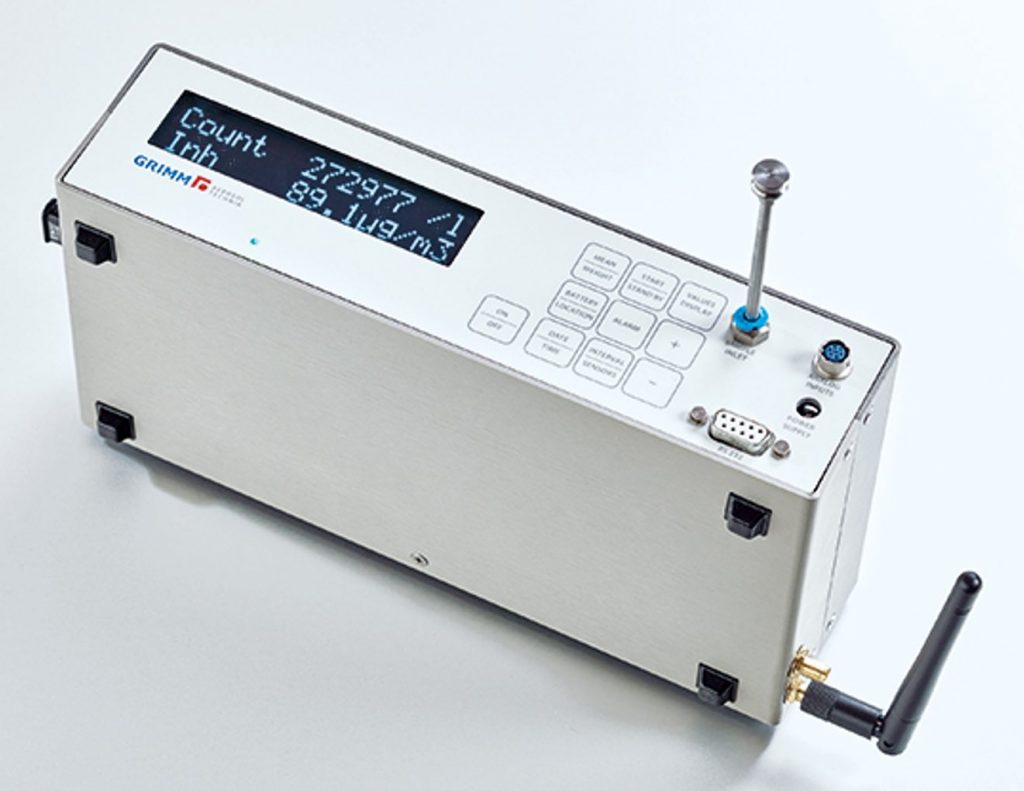
The Aerosol Spectrometer Model 11-D is a portable instrument designed for real-time measurement of dust in the air and its particle size distribution in 31 channels. It works on the principle of scattered light measurement on individual particles. The 11-D is suitable for aerosol research and indoor air quality monitoring, e.g. at workplaces, the interior of vehicles, or for process analysis.
Solid Aerosol Generator SAG410/L
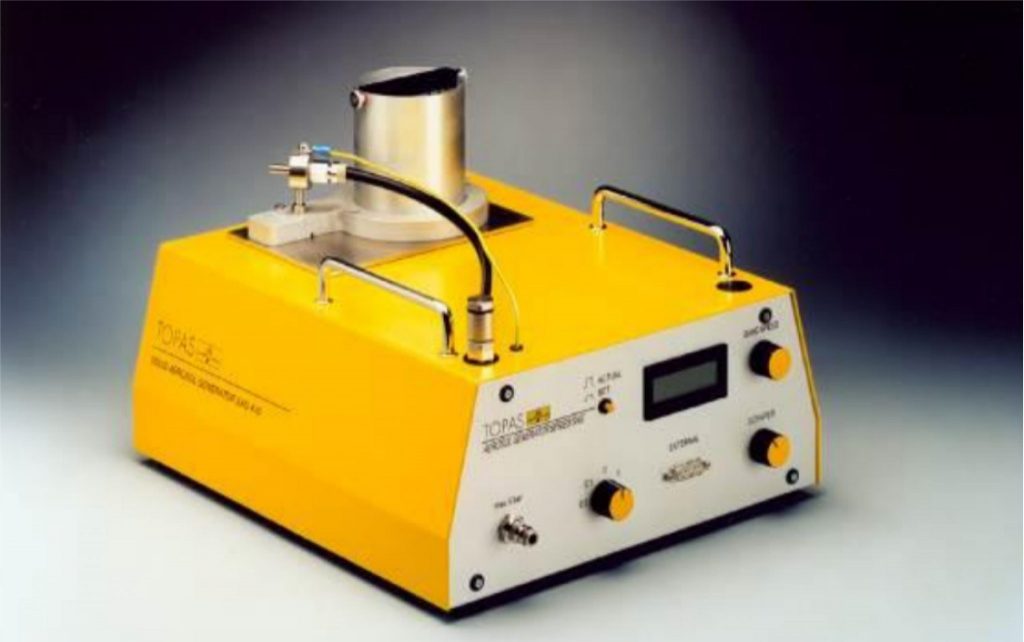
The solid aerosol generator disperses poor-flow test dust, such as titanium dioxide, aluminum oxide, and various types of ISO test dust. The generator is equipped with a moving toothed belt with well-defined spaces between the teeth, enabling a constant and reproducible powder supply at low feed rates. Its applications include basic aerosol research, flow visualization, and filter testing. Its detailed spec is as follows:
- Dosing rate : 1-250 [g/h], with density 0.95 [g/cm3]
- Maximum filling amount: 400 [cm3]
- Aerosol flow rate : 1.5-4 [m3/h]
- Powder volume flow rate : 1-260 [cm3/h]
GRIMM – Scanning Mobility Particle Spectrometers (SMPS)
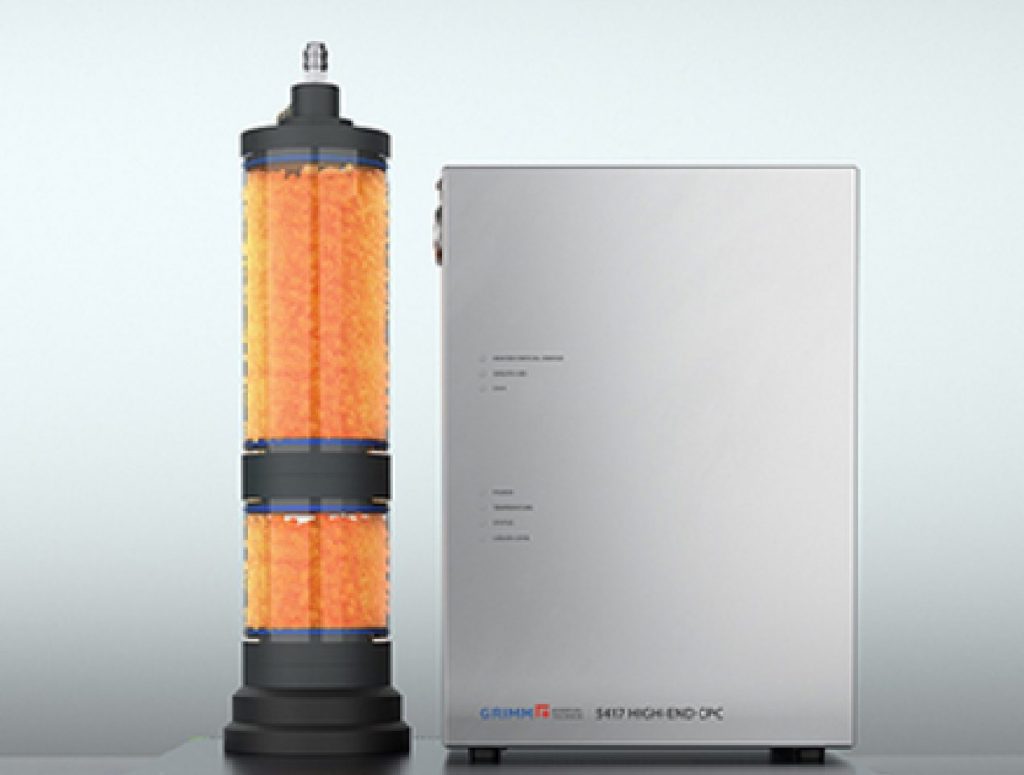
The SMPS is a mobility particle spectrometer that contains a differential mobility analyser (DMA) and a condensation particle counter (CPC) model 5417, enabling us to study the basic mechanisms of the highly dynamic processes of particle formation (NPF), formation rate and the growth rate of the particles.
A DMA classifies aerosol particles according to their electrical mobility. The classified particles are subsequently detected by a condensation particle counter (CPC) or by a Faraday cup electrometer (FCE).
The CPC enables single particle counting up to 150 000 p/cm3 with particle size range from 4.0 nm to greater than 3 µm. The photometric mode allows for the detection of high concentrations up to 107 p/cm3. CPC is suitable for nanoparticle applications, such as fundamental aerosol research, environmental + climate studies.
LI-850 CO2/H2O ANALYZER
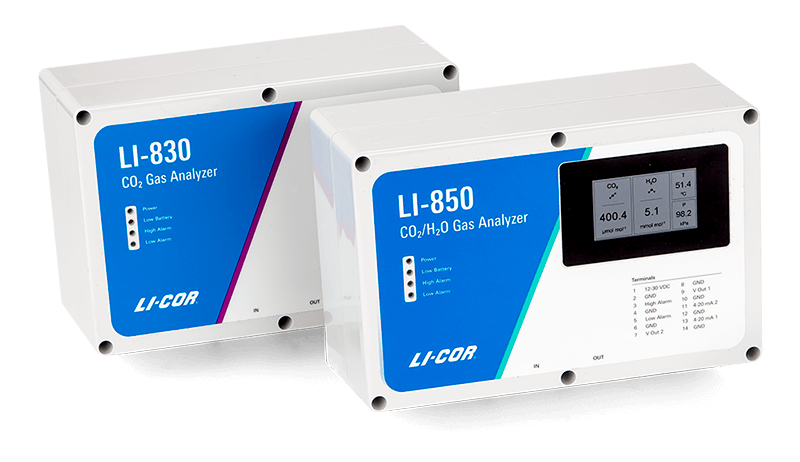
The LI-850 CO2/H2O analyzer is a real-time monitoring instrument that gives high precision readings of carbon dioxide and water vapour. The range is for CO2 is from 0 to 20000 ppm and for H2O is from 0 to 60 mmol/mol. It requires minimal maintenance, is easy to use and can be used in various IAQ monitoring projects.
TANABYTE MODEL 724 OZONE TRANSFER STANDARD
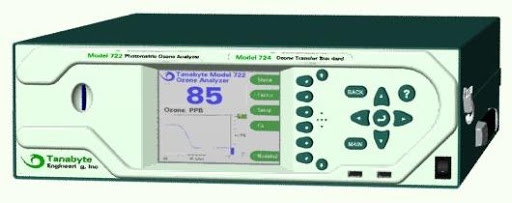
The Model 724 is configured as an ozone transfer standard calibrator, with an equivalent Method UV Photometer and a built-in ozone generator and zero air supply. The photometer can either be configured to measure external ozone concentrations (0-1000 ppb) or to monitor the ozone generator output in order to precisely control the ozone concentration to a specified set point.
G2103 Gas Concentration Analyzer
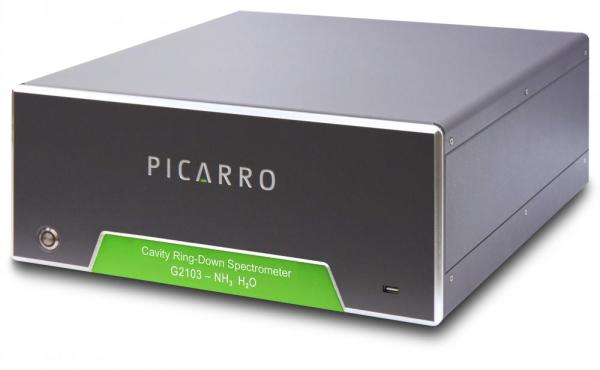
The Picarro G2103 analyzer is capable of measuring the concentration of ammonia (NH3) and water vapor (H2O) with great accuracy and in real-time. The analyzer utilizes specialized coatings in its gas pathway, which reduces the adhesion of NH3 molecules to surfaces in the pathway, thereby enhancing the analyzer’s response time. The device is suitable for applications that require monitoring of trace and ambient ammonia, such as in studying livestock emissions in farms and the formation of particle matters from ammonia in urban areas.